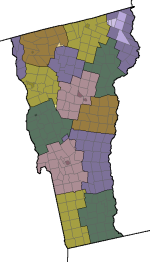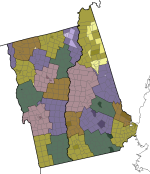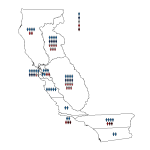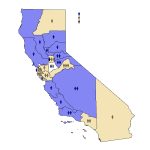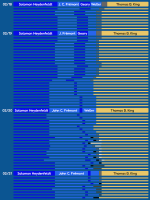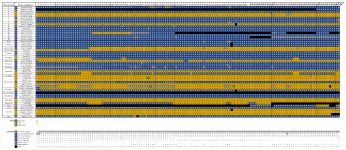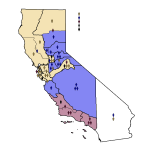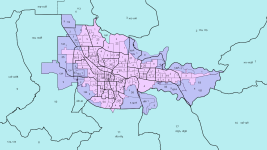In his proclamation, Governor Riley had declared that the first general election would take place in November; despite the local Democrats and Whigs' desires to push the election forward to next May in order for them to be able to set up party apparatuses, the November date stood. The problem with a November election, however, was that, if held too late, the rainy season would cause turnout to plummet due to the incessant rains, and, if held too early, voters would not have enough time to acquaint themselves with the candidates. In the end, the election was held on November 13, too late to avoid the rainy season and too early for many voters to know the candidates. The following elections were held, with winners underlined:
The 1849 elections were broadly non-partisan; there were, however, a number of district-wide tickets. These generally lacked any sort of partisan identity except in the San Francisco district, where a Democratic ticket headed by Peter Burnett for governor and John McDougal for lieutenant governor handily defeated a "People's Ticket" headed by John A. Sutter (of Sutter's Mill fame) for governor and John B. Frisbie for lieutenant governor. The latter ticket was primarily dedicated to the election of Whig Thomas Butler King to the US Senate, and will thus be counted as Whig.
Ultimately, Burnett was elected governor, and McDougal was elected lieutenant governor. George W. Wright and Edward Gilbert, one independent and one Democrat (though sources disagree on who was which[2]) were elected to Congress. The Senate was majority-Democratic, while a majority of the House's partisan affiliation is not known.
Owing to the lack of official government electoral volumes prior to 1880, there are several different vote totals floating around, some of which break down the candidates by county and some which do not. While I wish I could use the official manuscript returns, I am halfway across the country from Sacramento, and I have thus chosen the sources available to me which I believe to be the most accurate, received, and comprehensive. Luckily, George Tennis'
Southern California Quarterly article on this election has county-level returns for all the offices, though I have used the ICPSR database of gubernatorial and congressional elections for those as well as the Senate Journal's tally of state senate votes due to their enumeration of scattering votes.
[1] The election was, as stated, non-partisan, and while full returns are available they cannot be assigned to parties with any precision. The bars here show the later partisan affiliations of the elected members; a few members listed as unknown were involved in the Democrats or Republicans circa 1860, but that gives little to no indication as to their affiliations under the Second Party System.
[2] Tennis emphasizes Gilbert's independent campaign and lists Wright on the Democratic ticket in San Francisco, but national sources such as Durbin list
Wright as the independent and
Gilbert as the one Democrat in the race. (Durbin neglects to list party affiliations for losing candidates due to the general lack of partisanship.) As my concern is with what was the case on the ground on election day, I have decided to color Wright in Democratic blue and Gilbert in independent grey.


